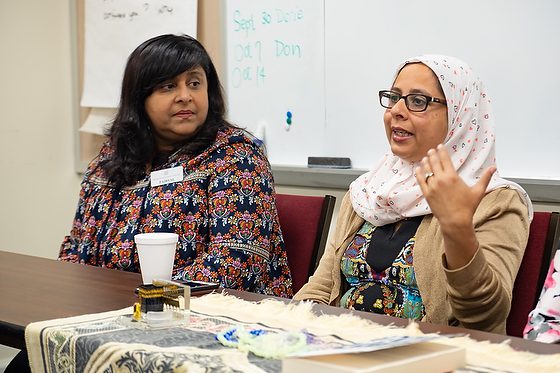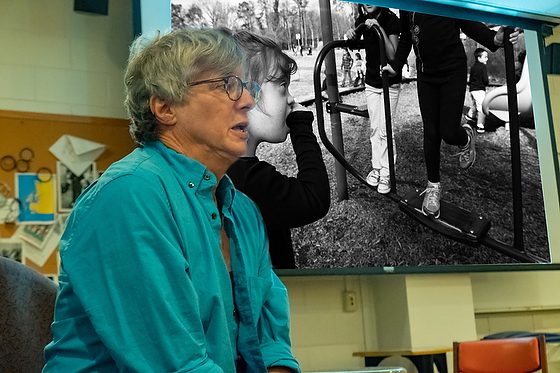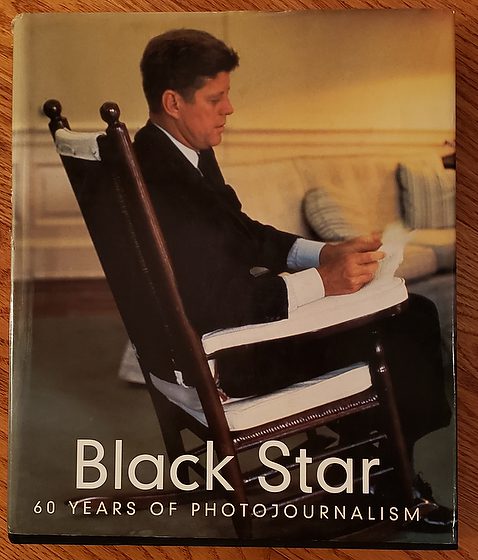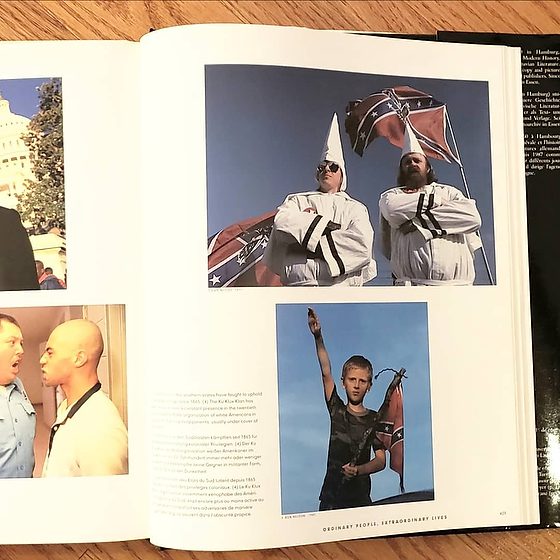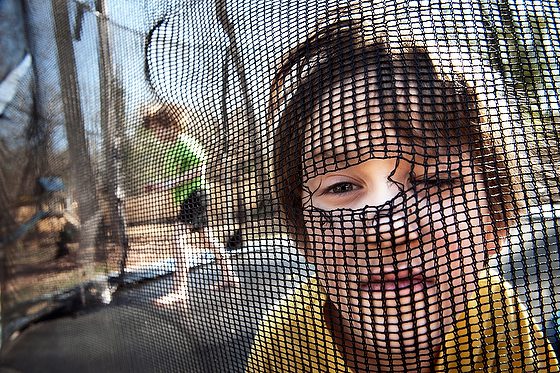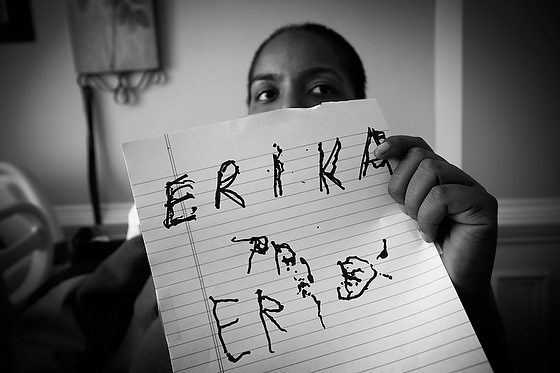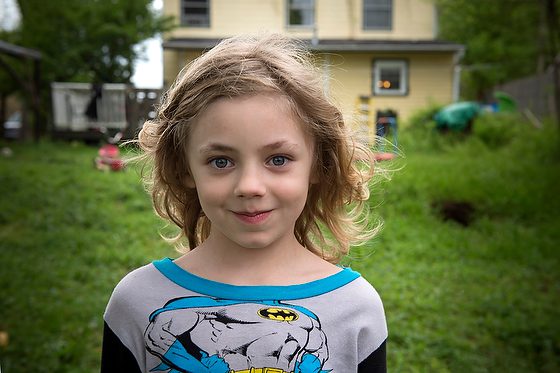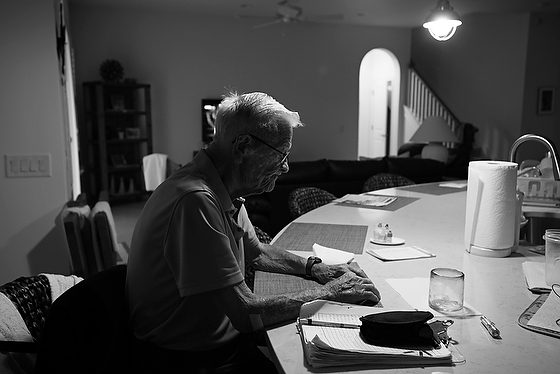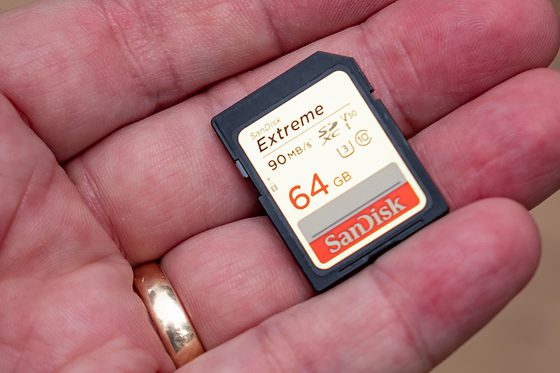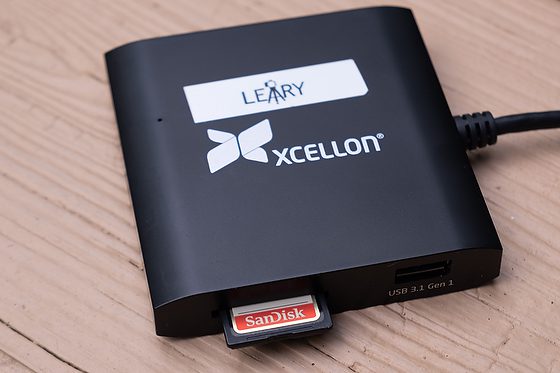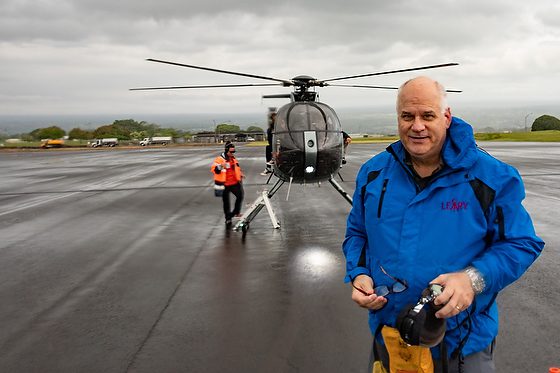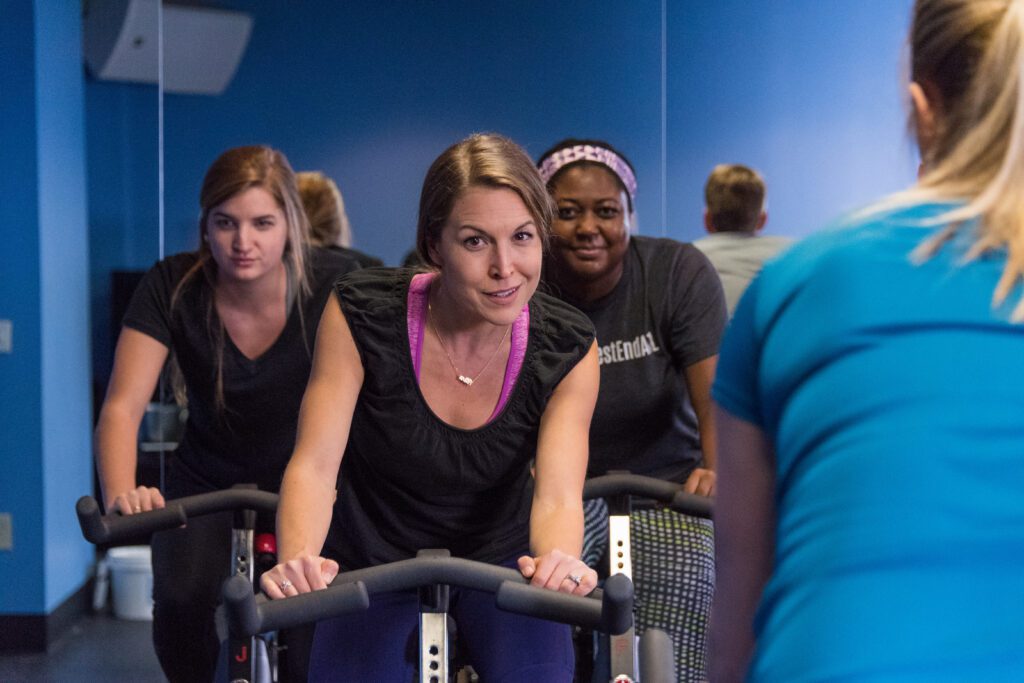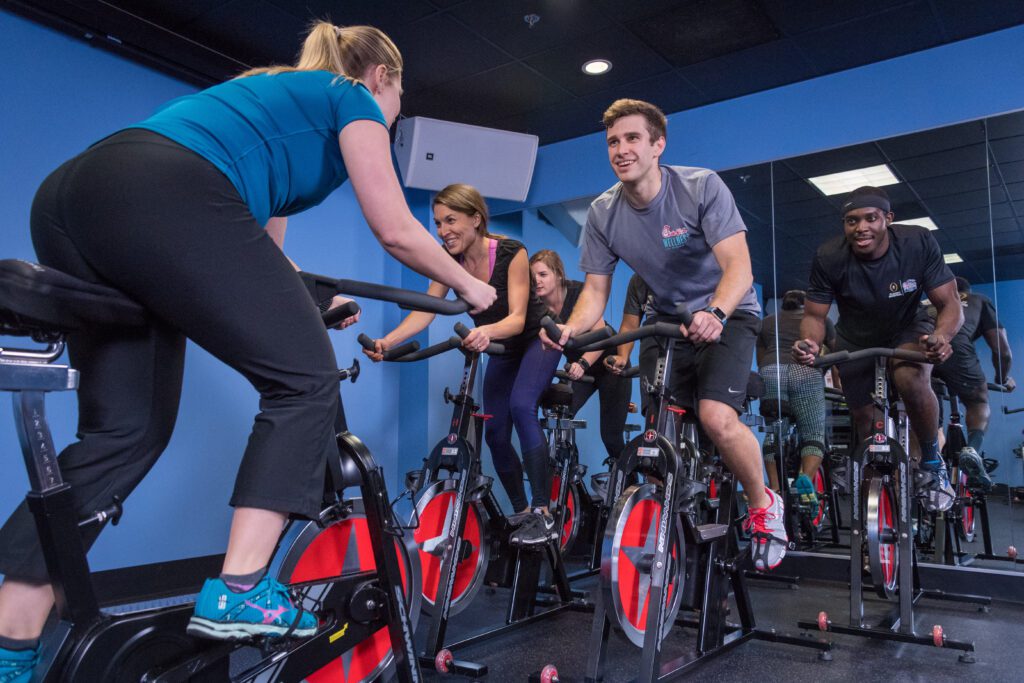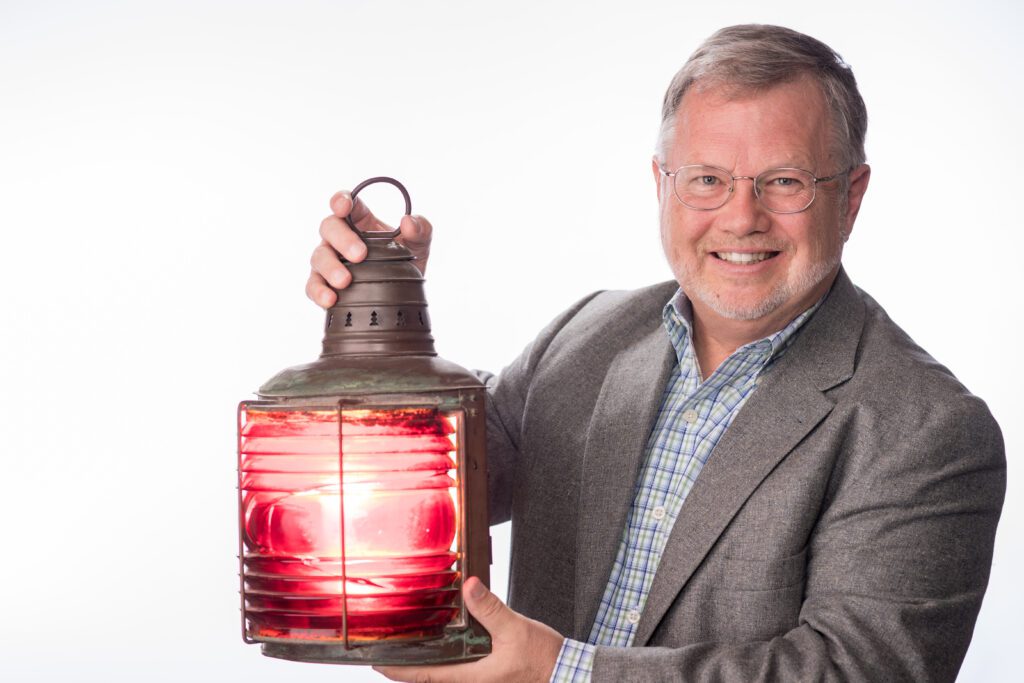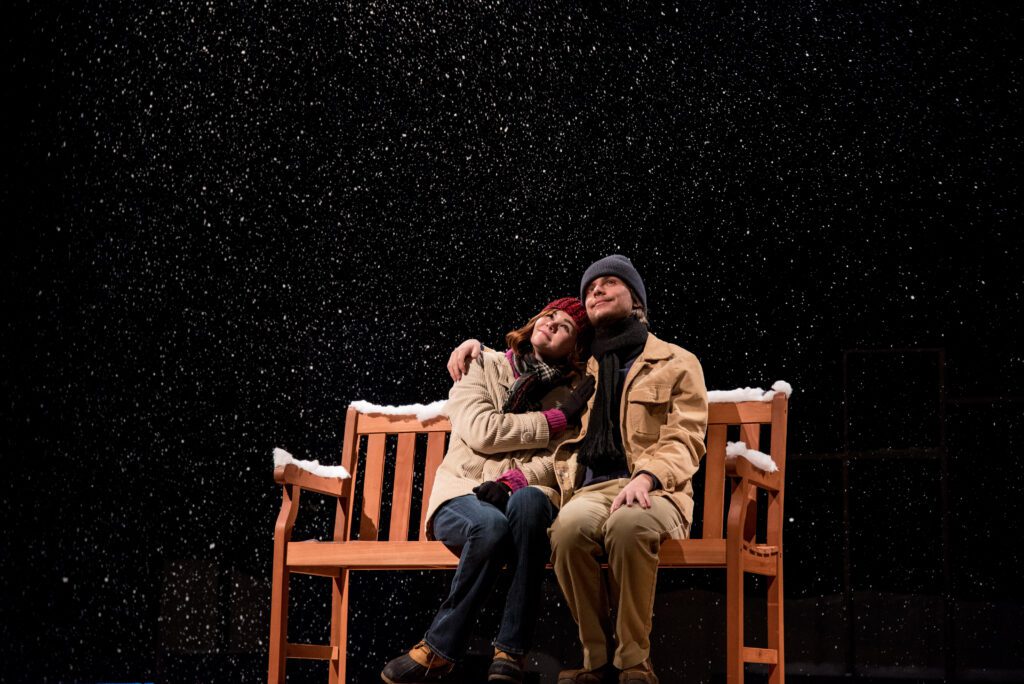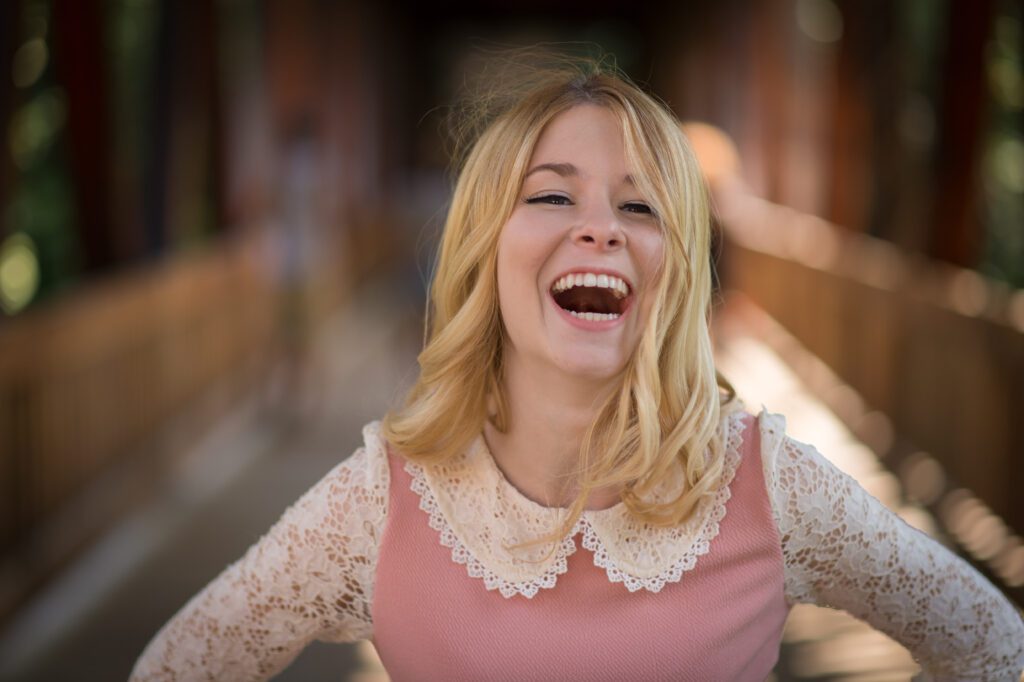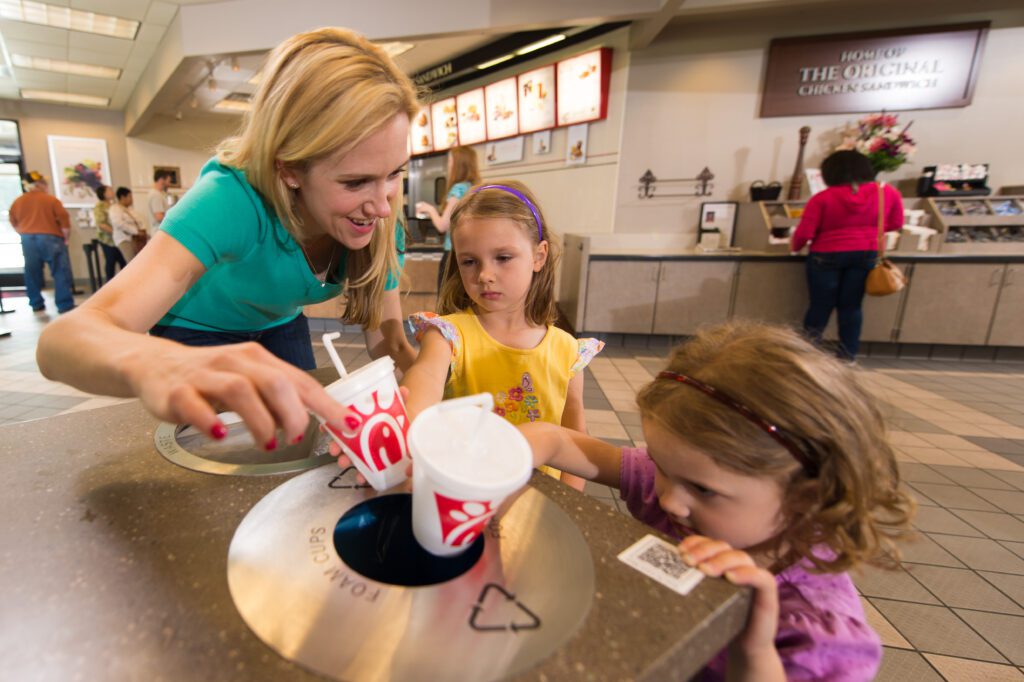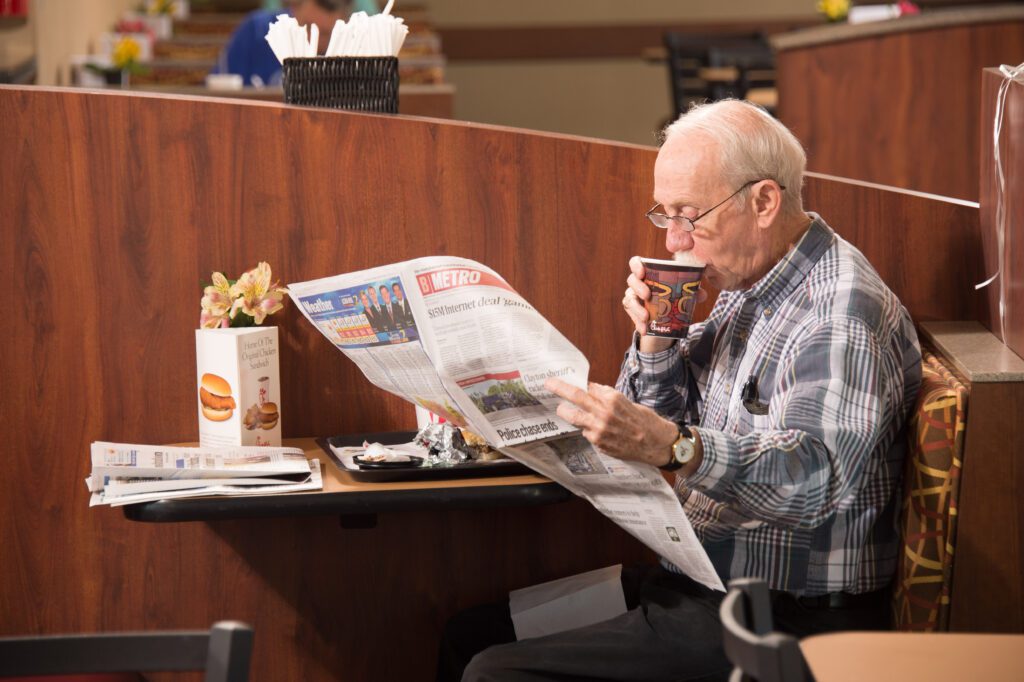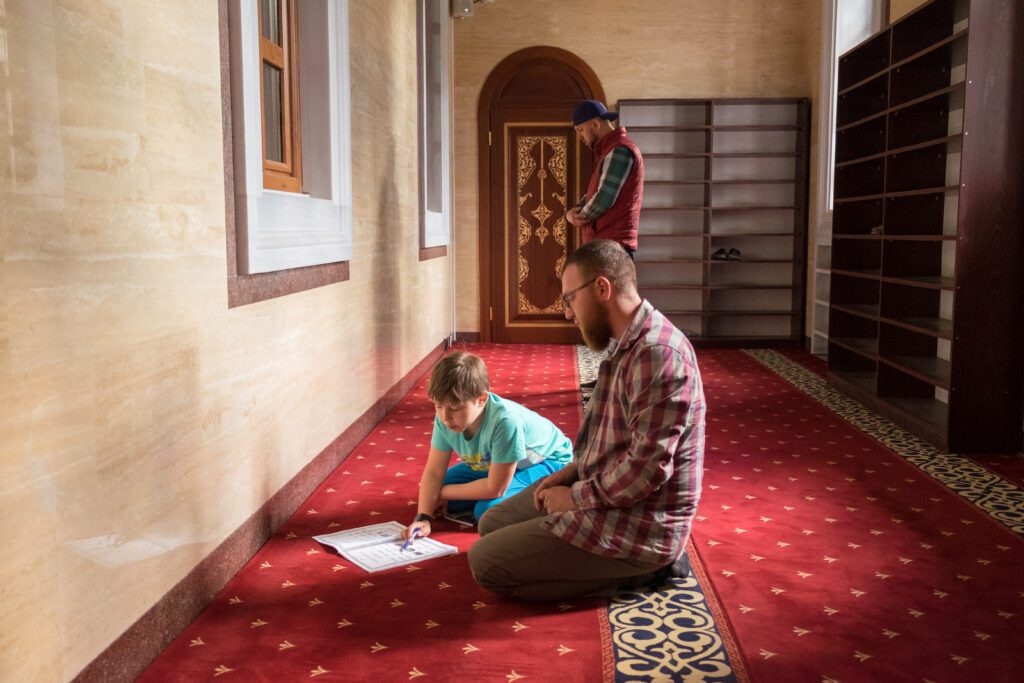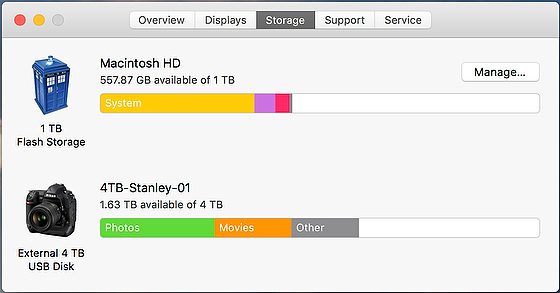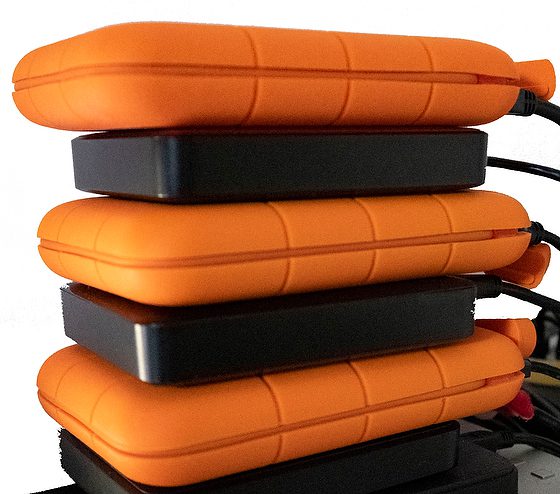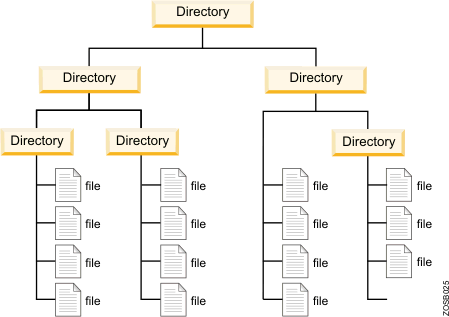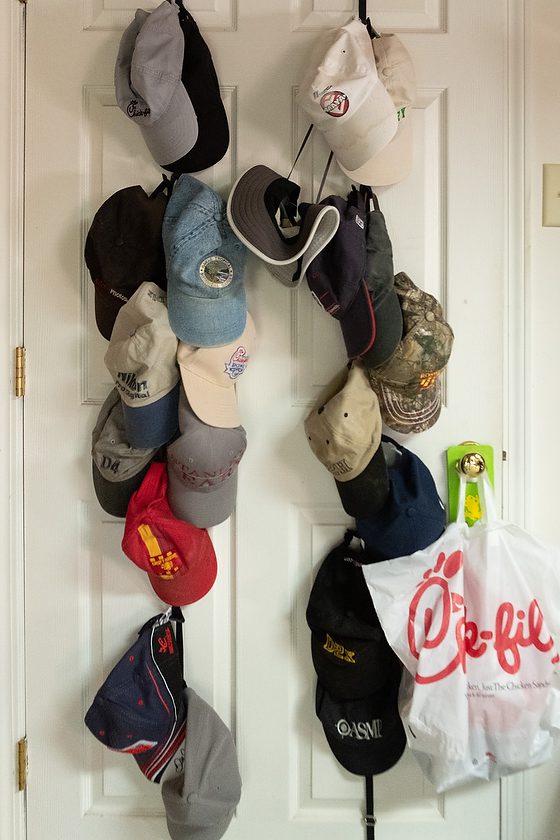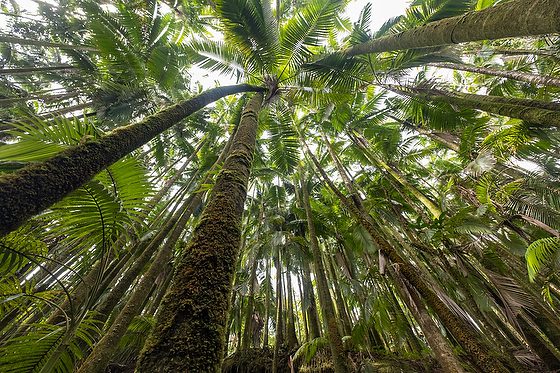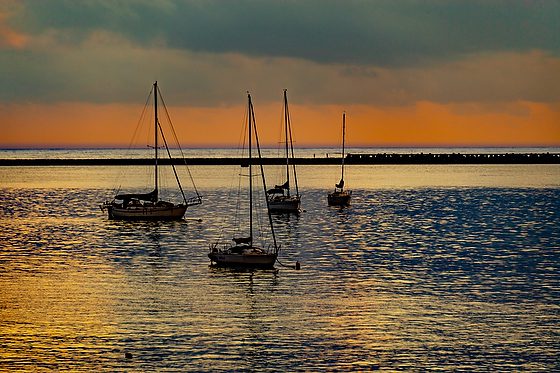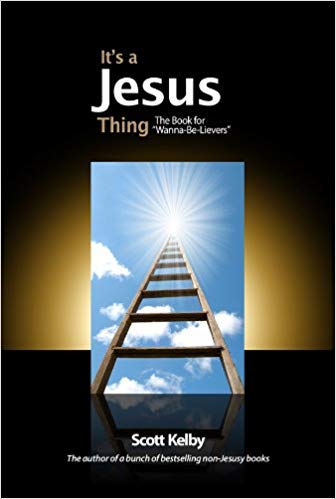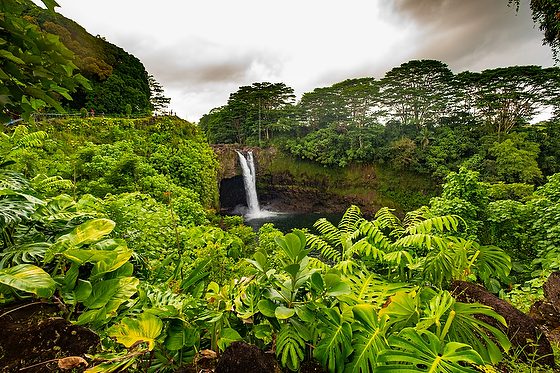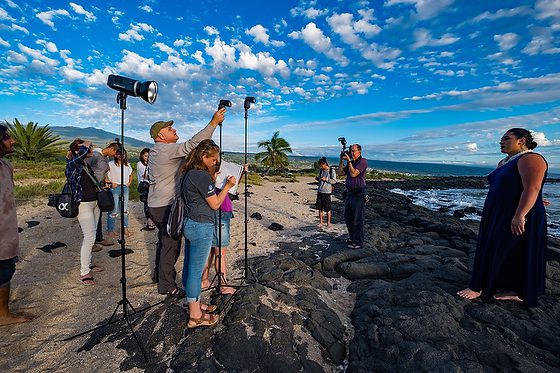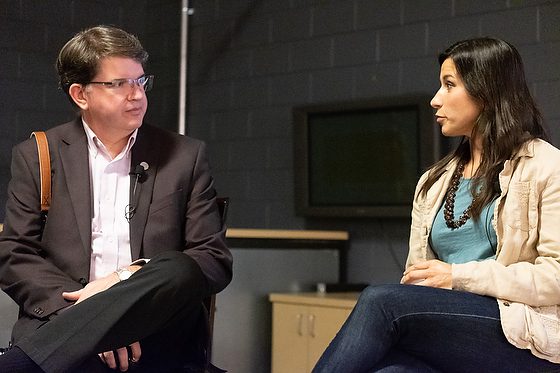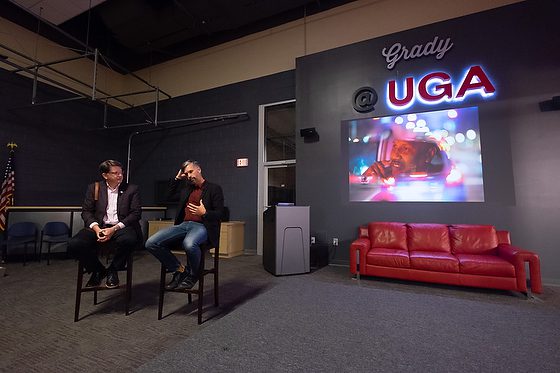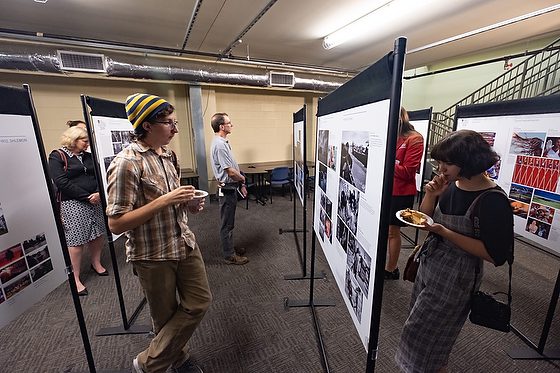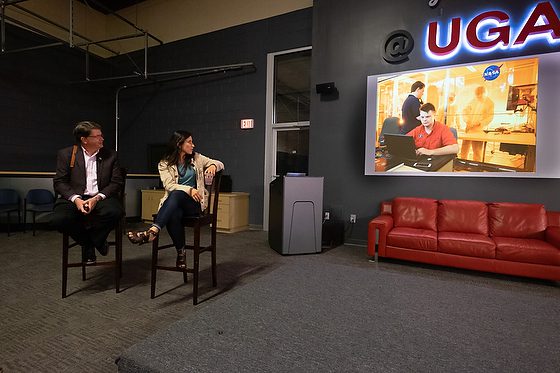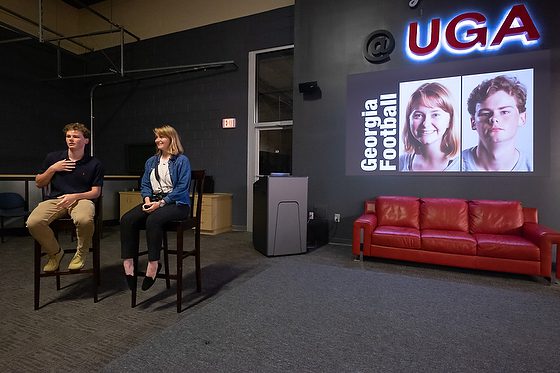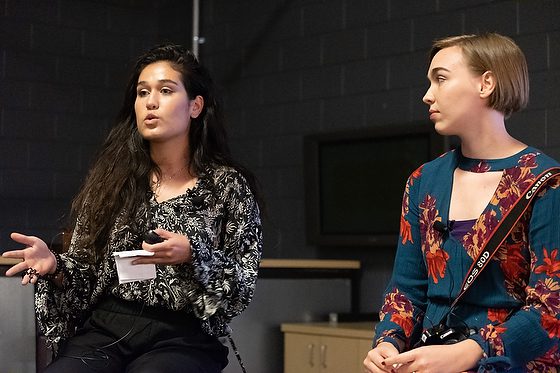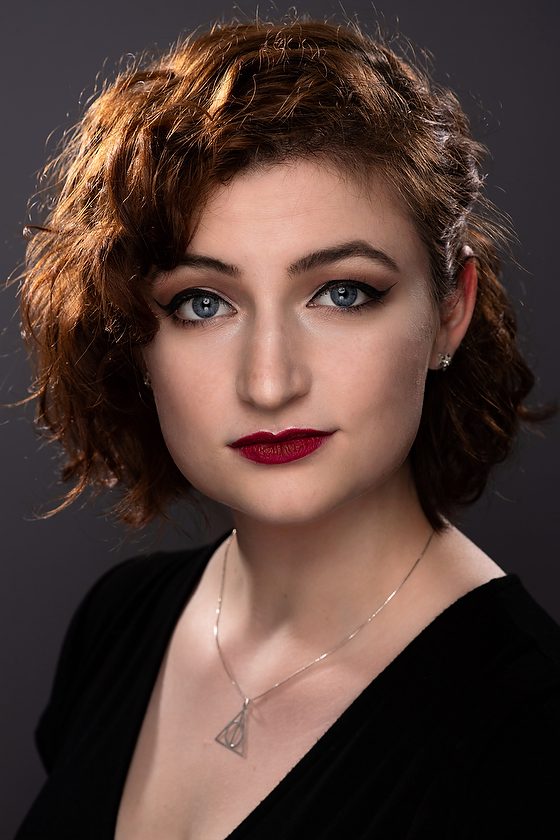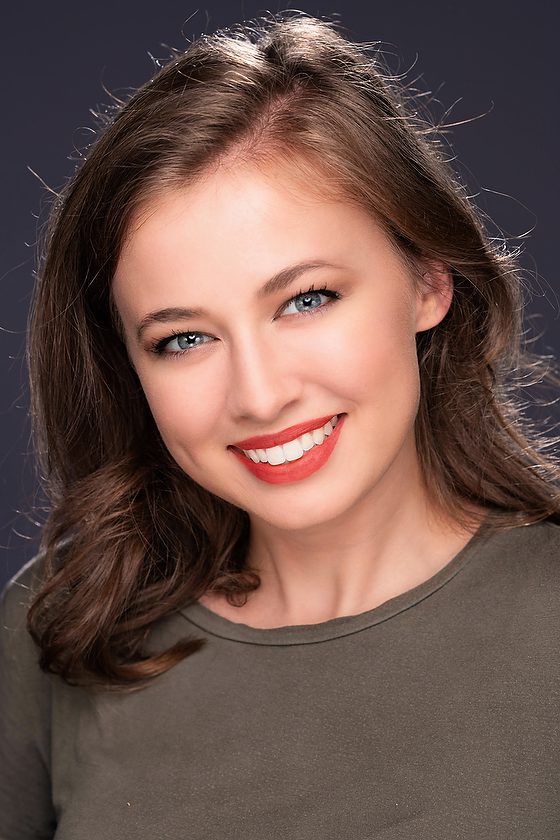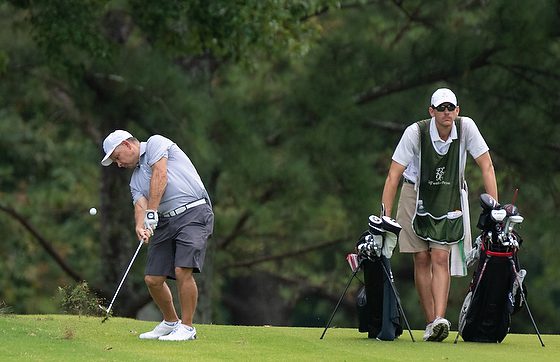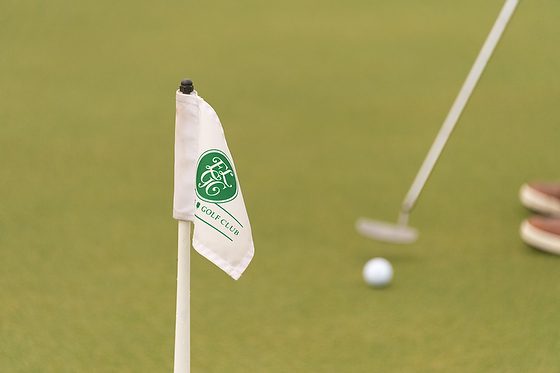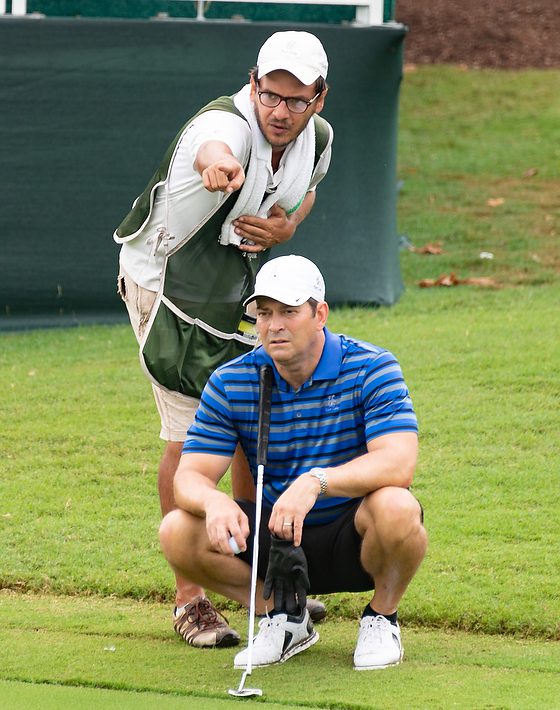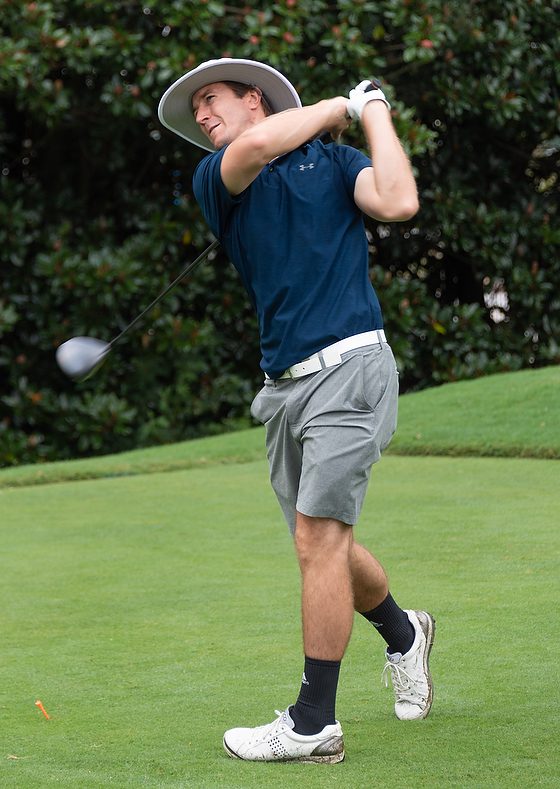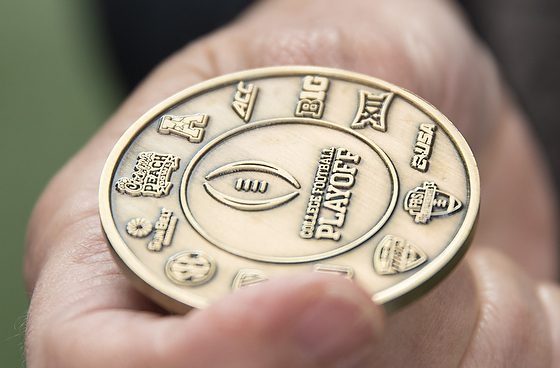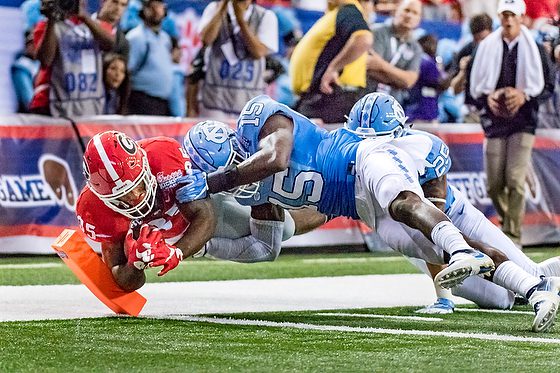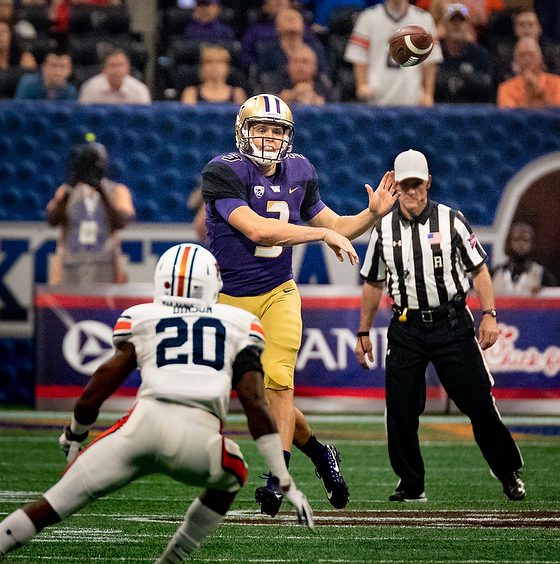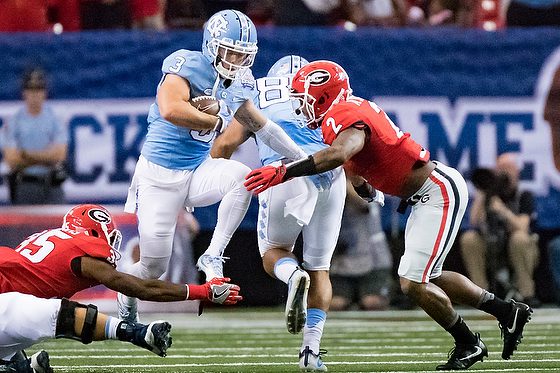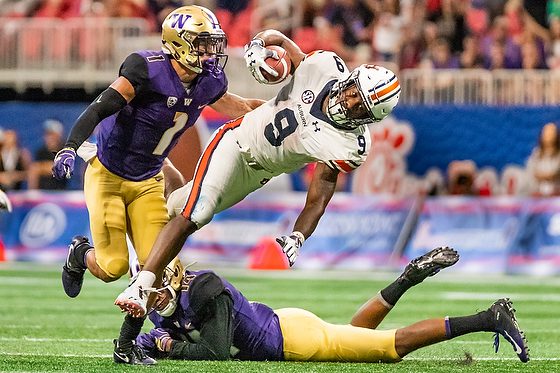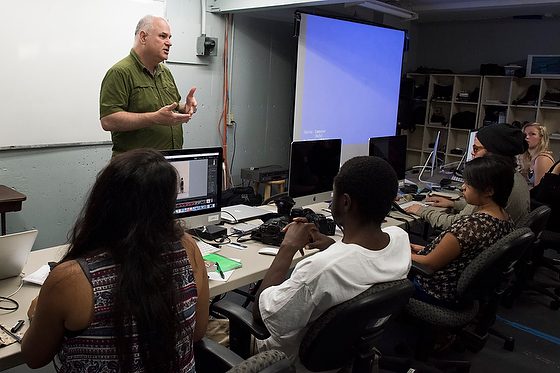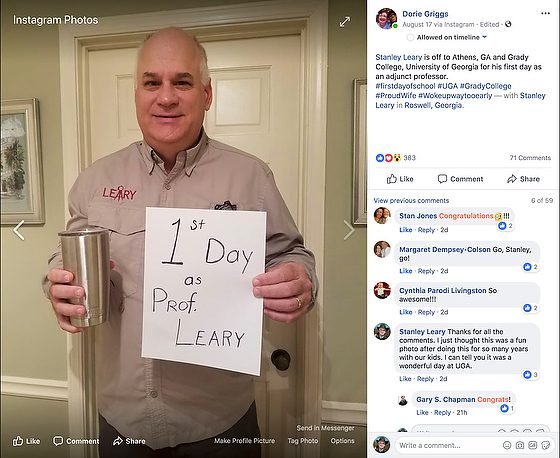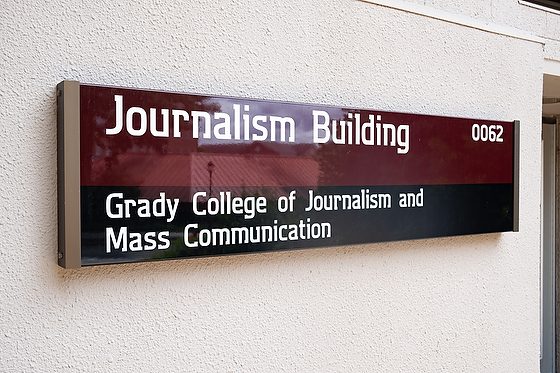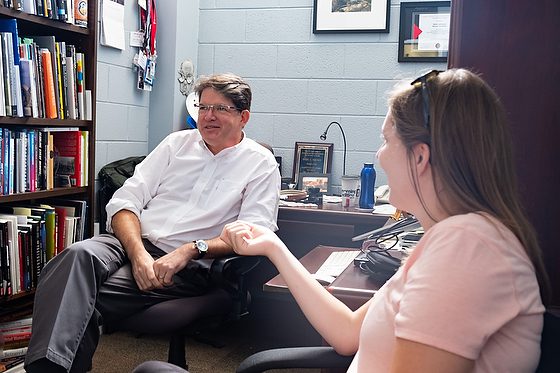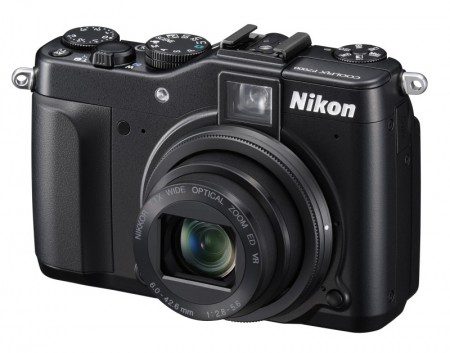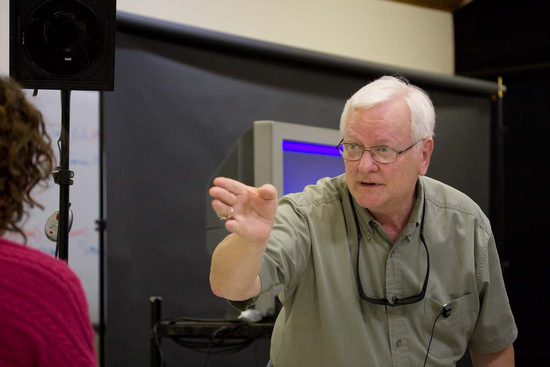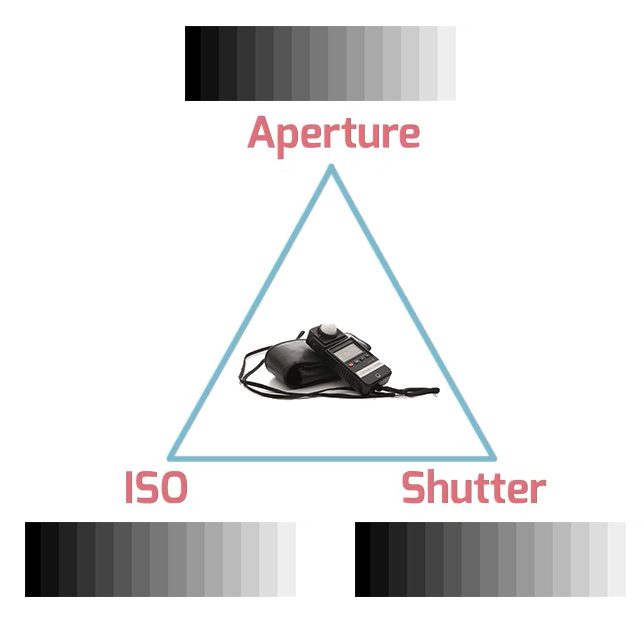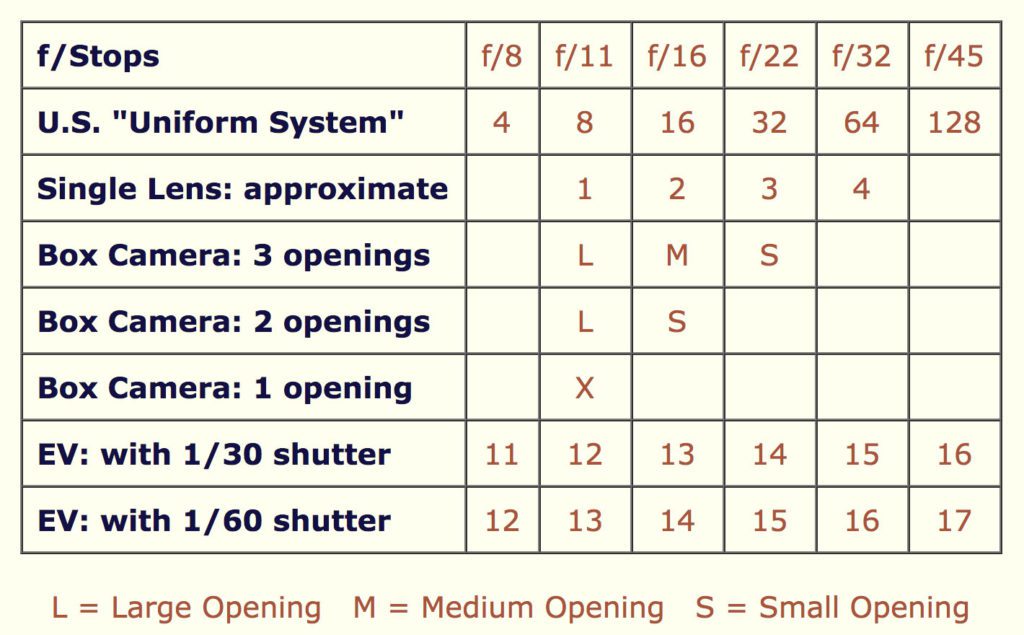The power of the Words & Visuals was demonstrated this Sunday in my church.
My wife Dorie Griggs led our Sunday School class time this Sunday by inviting her friends from the Islamic Speakers Bureau of Atlanta. We knew from some of the comments made in our church that there were many misconceptions about Muslims. Dorie knew from her own experience that getting to know people of other faiths was a way to break down barriers and also, in the process, to grow deeper in her faith.
The word “prejudice” can be broken down into “pre-” and “judgment.” Aptly, much prejudice stems from our pre-judging other people’s habits, customs, clothes, ways of speaking, and values. We often do this with no basis for judgment other than because they (the traditions, values, food, etc.) are different from ours.
As anthropologist Richard Shweder reminds us in his Psychology Today blog, the world doesn’t come with one “Truth” or one “Reality.” Instead, what we call Truth is often a social construction that differs across cultures.
– RODOLFO MENDOZA-DENTON
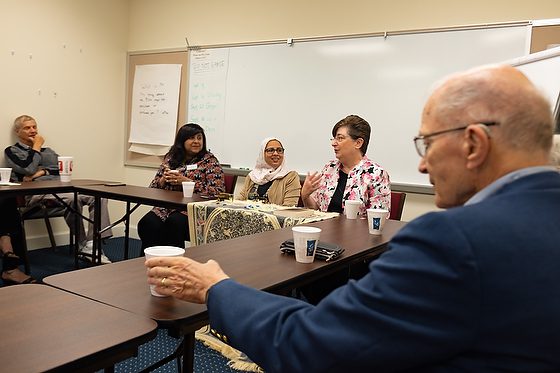
The single best antidote to prejudice and racism?
Cross-race friendship.
Before we got into many questions, the speakers took some time to give us some basic facts about the faith that was eye-opening for many.
All Muslims are not Arab, Middle-Eastern, or of African descent. Islam is a universal religion and way of life that includes followers from all races. There are Muslims in and from virtually every country in the world. Arabs only constitute about 20% of Muslims worldwide. The countries with the largest Muslim populations are not in the Middle East. They are Indonesia (over 200 million Muslims), Pakistan, and India (over 350 million Muslims combined).
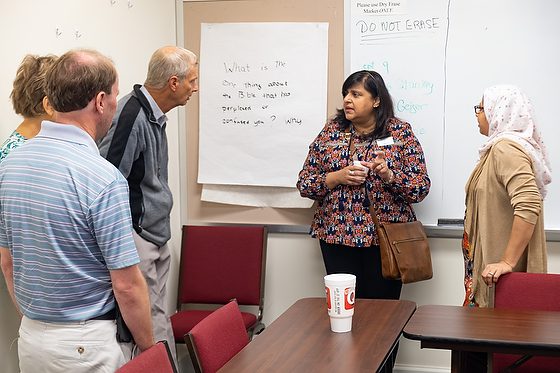
One of the more considerable misunderstandings about their faith they wanted to clear up was the misconception that women are marginalized or lesser than men.
Everyone in their faith has direct access to God. Very similar concept to the Christian “Priesthood of the Believer.” Therefore they are not below a man but relatively equal to the man in the eyes of God.
They also talked about the Hijab – The term can refer to any head, face, or body covering worn by Muslim women that conforms to a certain standard of modesty. They pointed out how not all Muslim women wear one, which was clearly demonstrated between the two. They talked to each about their reasons for not wearing one and one wearing one.
Jokingly they said that the woman often says, “What’s yours is mine, and what’s mine is mine.” They were trying to explain how men must take care of not just themselves, the household, but their wives and children with what they earn. However, whatever the woman makes is her alone.
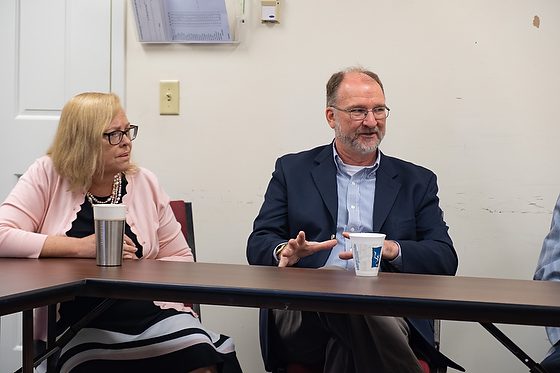
It was good to see each of us this Sunday morning learning about the “other.”
First Amendment – Congress shall make no law respecting an establishment of religion, or prohibiting the free exercise thereof; or abridging the freedom of speech, or of the press; or the right of the people peaceably to assemble, and to petition the Government for a redress of grievances.
Since we live in an open society regarding faith, we must learn to live together. Our time together was one house of worship getting together with another place of worship for dialogue and understanding. We were not trying to convert each other.
Realizing this doesn’t happen over just one interaction Fairyal Maqbool-Halim and a few other women [some from our church] formed the Women’s Interfaith Network – WIN.
Born in 1928, Catholic theologian and church critic Hans Küng made his mark as a promoter of dialogue between religions and president of the Global Ethic Foundation.
“No peace among the nations without peace between the religions! No peace between the religions without dialog between the religions!” Those are two central sentences of your World Ethic principle.
Hans Küng believed Religion could co-exist with democracy.
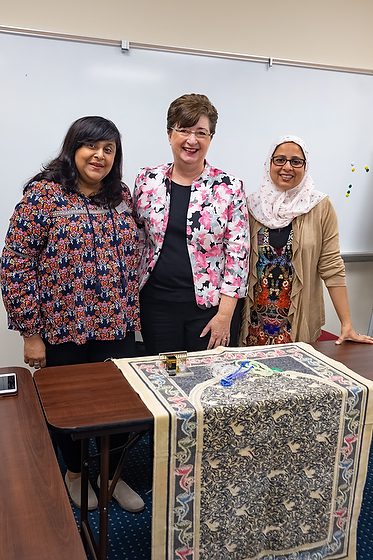
Maybe you want to learn more about your Muslim friends and coworkers. Contact the Islamic Speakers Bureau of Atlanta and see about a panel coming to your organization.
You may also want to check out the Women’s Interfaith Network – WIN. That is a link to their Facebook page where upcoming events are posted.
John 20:24-29
Jesus Appears to Thomas 24 Now Thomas, one of the Twelve, was not with the disciples when Jesus came. 25 So the other disciples told him, “We have seen the Lord!”
But he said to them, “Unless I see the nail marks in his hands and put my finger where the nails were, and put my hand into his side, I will not believe.”
One of my favorite scriptures that I believe highlights the role of the photojournalist to be a visual storyteller. Photographing, editing, and presenting images tell a story in a way no other media can. The photographs serve the purpose of enhancing the story for the reader or viewer.

